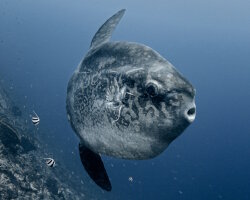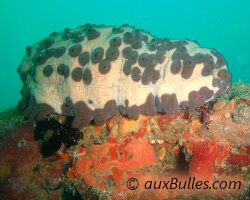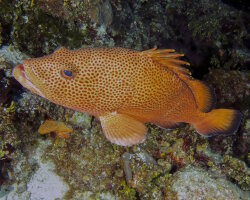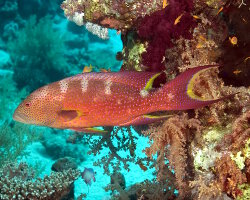Sealife guideThe tiger sharkGaleocerdo cuvier
Last updated on 08/13/2025 at 11:50 PM
Taxonomy
Description
The tiger shark gets its name from the typical markings covering its body when it is still young, resembling those of tigers. The tiger shark can reach a maximum length of 24.6 feet and weigh up to 1,760 pounds.
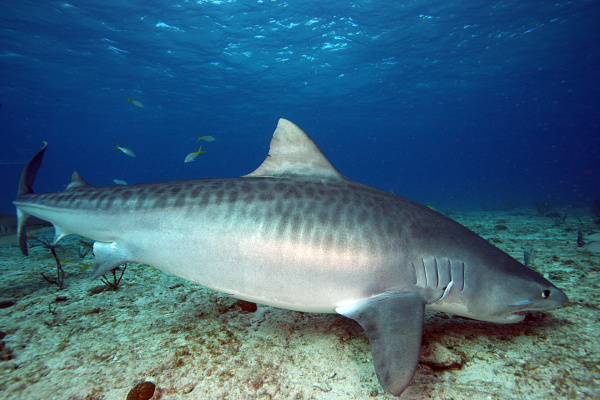
The tiger shark has markings like a tiger !
Geographic range
The tiger shark is found in the tropical and temperate waters of oceans around the globe: in French Polynesia, the Bahamas, Mauritius and off the coast of Djibouti, …
Habitat
The tiger shark can be found from the surface down to depths of 1,214 feet, but it particularly prefers shallower waters, from the surface to 459 feet, along coastlines, at the mouths of estuaries, or in ports. The tiger shark is also commonly found along coral reefs or in lagoon areas of atolls.
Diet
The tiger shark is not picky and eats anything that comes its way! It feeds on waste, marine mammals, turtles, birds, smaller sharks and all kinds of fish.
Reproduction
The tiger shark is
ovoviviparous. When the females give birth, the baby tiger sharks already have markings on their skin. As they grow, the markings evolve to resemble those of tigers. Finally, once they reach adulthood, the markings fade and become much less visible.
Did you know ?
The tiger shark is, after the
great white shark, the most dangerous shark species to humans.
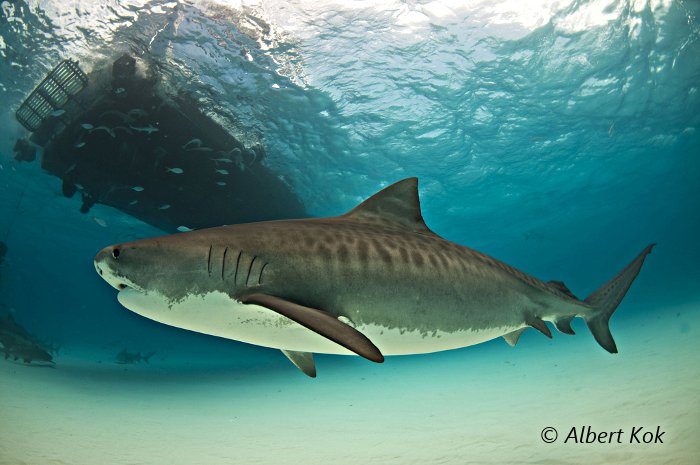
The tiger shark prefers the shallower waters of coral reefs and lagoons !
It is known that the tiger shark sometimes feeds on its own young !
The oldest tiger shark ever encountered was 50 years old !
The tiger shark is listed as many other marine species within The
IUCN Red List of threatened species. The tiger shark appears in the
IUCN Red List since 2019 within the category Near Threatened !
Within the same family
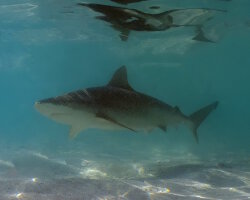
Blacknose shark
(Carcharhinus acronotus)
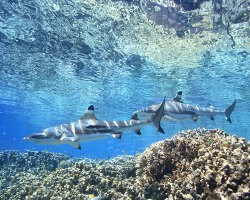
Blacktip reef shark
(Carcharhinus melanopterus)
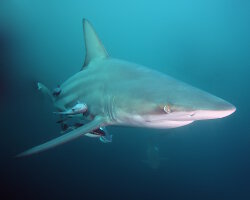
Blacktip shark
(Carcharhinus limbatus)
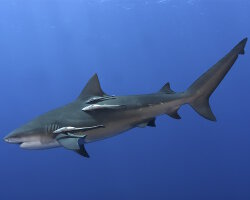
Bull shark
(Carcharhinus leucas)
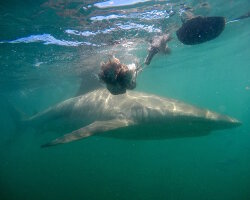
Copper shark
(Carcharhinus brachyurus)
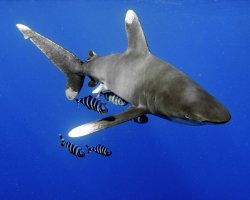
Oceanic whitetip shark
(Carcharhinus longimanus)
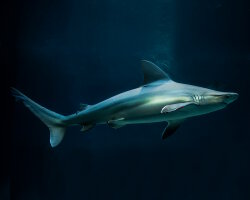
Sandbar shark
(Carcharhinus plumbeus)
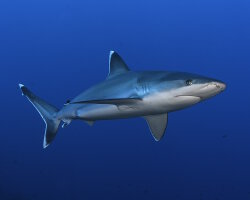
Silvertip shark
(Carcharhinus albimarginatus)
Discover also
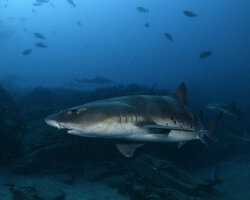
Banded houndshark
(Triakis scyllium)
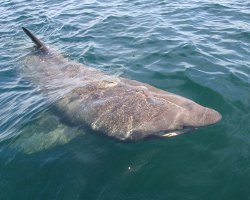
Basking Shark
(Cetorhinus maximus)
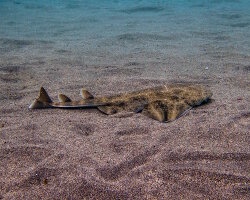
Common angelshark
(Squatina squatina)
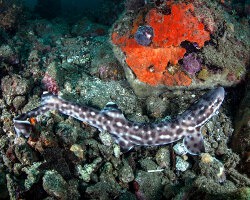
Coral catshark
(Atelomycterus marmoratus)
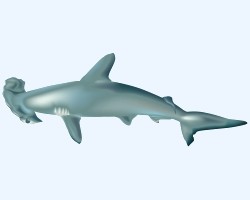
Hammerhead shark
(9 espèces)
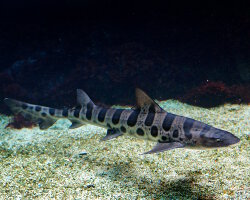
Leopard shark
(Triakis semifasciata)
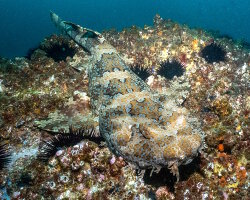
Ornate wobbegong
(Orectolobus ornatus)
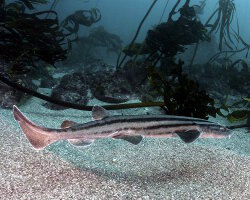
Pyjama shark
(Poroderma africanum)
The marine species from Caribbean sea
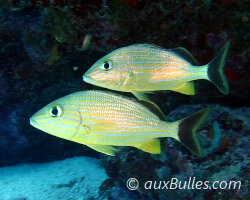
Blue striped grunt
(Haemulon sciurus)
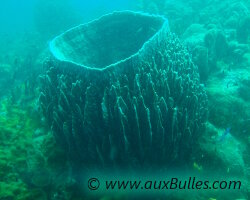
Caribbean giant barrel sponge
(Xestospongia muta)
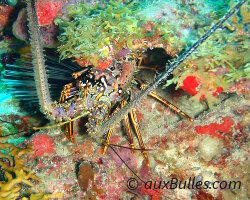
Caribbean spiny lobster
(Panulirus argus)
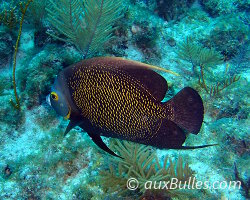
French angelfish
(Pomacanthus paru)
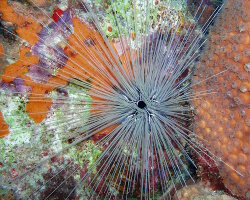
Long-spined sea urchin
(Diadema antillarum)
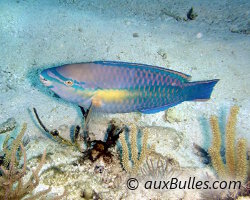
Princess parrotfish
(Scarus taeniopterus)
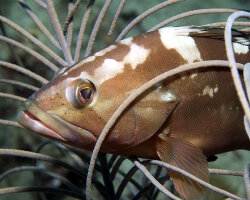
Red grouper
(Epinephelus morio)
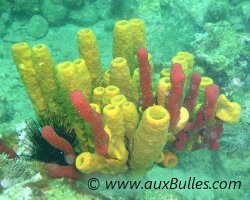
Yellow tube sponge
(Aplysina fistularis)
Dive centers

'Les Ilets' dive center

Noa dive center






























